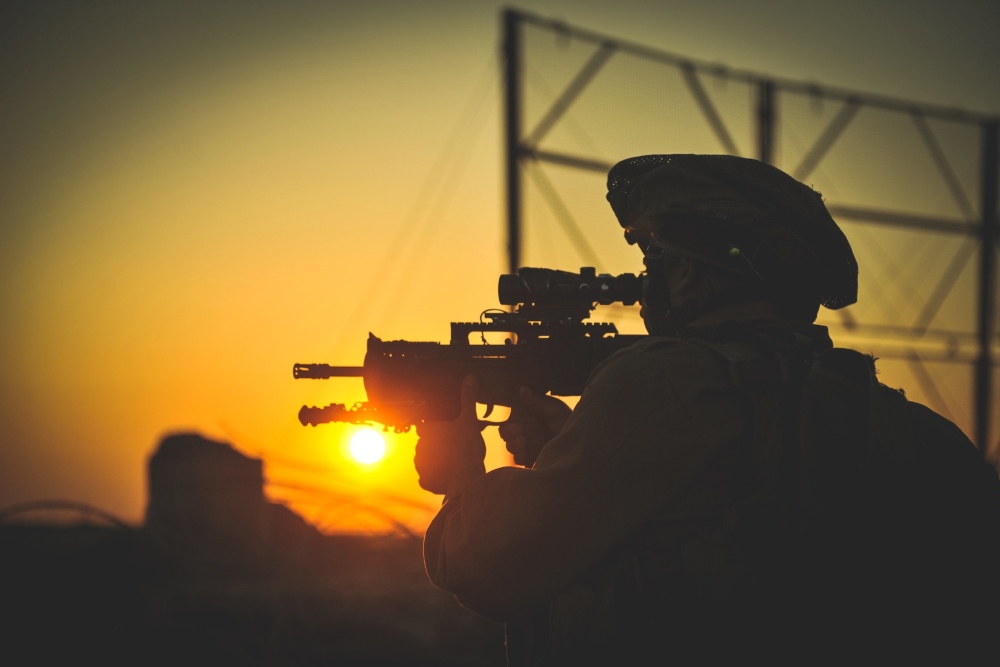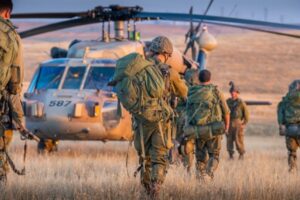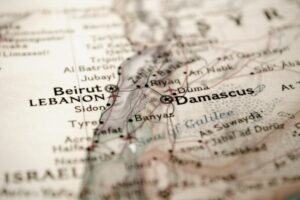
Israel is set to transform its border security doctrine following the collapse of defenses on October 7. The government instructed the IDF to embark on a sweeping plan to revamp protective measures, Ynet reports.
The new strategy involves significant changes on the Gaza and Lebanon borders, aiming to fortify the nation’s defenses against potential threats.
Thousands of soldiers will be deployed to secure each frontier, well above previous numbers. This will require the IDF to mobilize dozens of reserve battalions to reinforce security missions in both regions, the report says.
The IDF is also boosting its presence on the Jordanian border to counter possible Iran axis attacks.
Securing the Gaza border
The most ambitious project is unfolding along the Gaza border, where the IDF is reshaping the entire frontier. Aiming to establish a whole new defense line, the army is undertaking extensive engineering work to construct a buffer zone inside Gaza.
Across the Gaza Strip, Israeli forces are engaged in substantial demolition of areas used as terror bases for launching attacks. This entails significant destruction in districts such as Shujaiya, a former Hamas stronghold in northern Gaza.
The IDF is particularly focused on Gaza towns used as launchpads for raids on nearby Israeli communities on October 7. Forces deployed at these border regions are engaged in intensive efforts to eradicate terror sites and destroy civilian locations that could be exploited for future attacks.
The IDF’s 99th Division will be deployed in the buffer zone in 2024 to protect nearby Israeli communities, Walla News reports. It will also be tasked with ongoing anti-terror operations deep inside Gaza, with brigade and battalion combat teams mobilized against emerging threats.
Inside Israel, the IDF is fixing the border fence, adding sensors at weak points, and installing new technology and physical barriers.
To supplement these efforts, Israel will reinforce advanced tech on the border. This will include an increased deployment of UAVs as well as intelligence collection and electronic warfare gear. The IDF will also upgrade the equipment of infantry forces, the report says.
Israel is also set to bolster civilian security squads in communities near the Gaza border. The government will equip larger defense teams with new weapons and military gear, and install additional security measures such as fences and cameras.
In parallel, IDF forces currently stationed inside the communities will be redeployed to new positions in the region, while IDF artillery batteries remain close to the border fence
Eyes on Lebanon and Jordan
The defense overhaul is not confined to Gaza. Israel is also introducing extra security measures along the Lebanon and Jordan borders.
The government instructed the IDF to set up new barriers in the Galilee region near Lebanon, and is also planning to build a 130-km barrier along the border.
This highly sensitive sector will be protected by large IDF forces, who will closely monitor any Hezbollah infiltration attempts. Currently, Israel is degrading Hezbollah assets in southern Lebanon with regular strikes as it aims to push terrorists away from the border.
Meanwhile, the IDF is also transforming its deployment along the Jordanian border. This comes in response to a surge in weapons smuggling from Jordan and concerns about potential attacks by Hezbollah or other Iran-linked militias.
The IDF already doubled the scope of forces along the border. Next, the army will set up new observation posts and other security measures to further secure the long frontier. Israel is also counting on the ongoing efforts of the Jordanian army to block hostile actors before they reach Israeli territory.
Military officials are also advocating for the construction of a new barrier along the Jordan border to further fortify Israel’s defenses.
The revamped border defense strategy comes at a substantial cost, Ynet says, with estimates reaching billions of dollars. But given the scale of the October 7 disaster, Israel will prioritize defense spending to safeguard the nation’s security in the face of growing regional threats.


